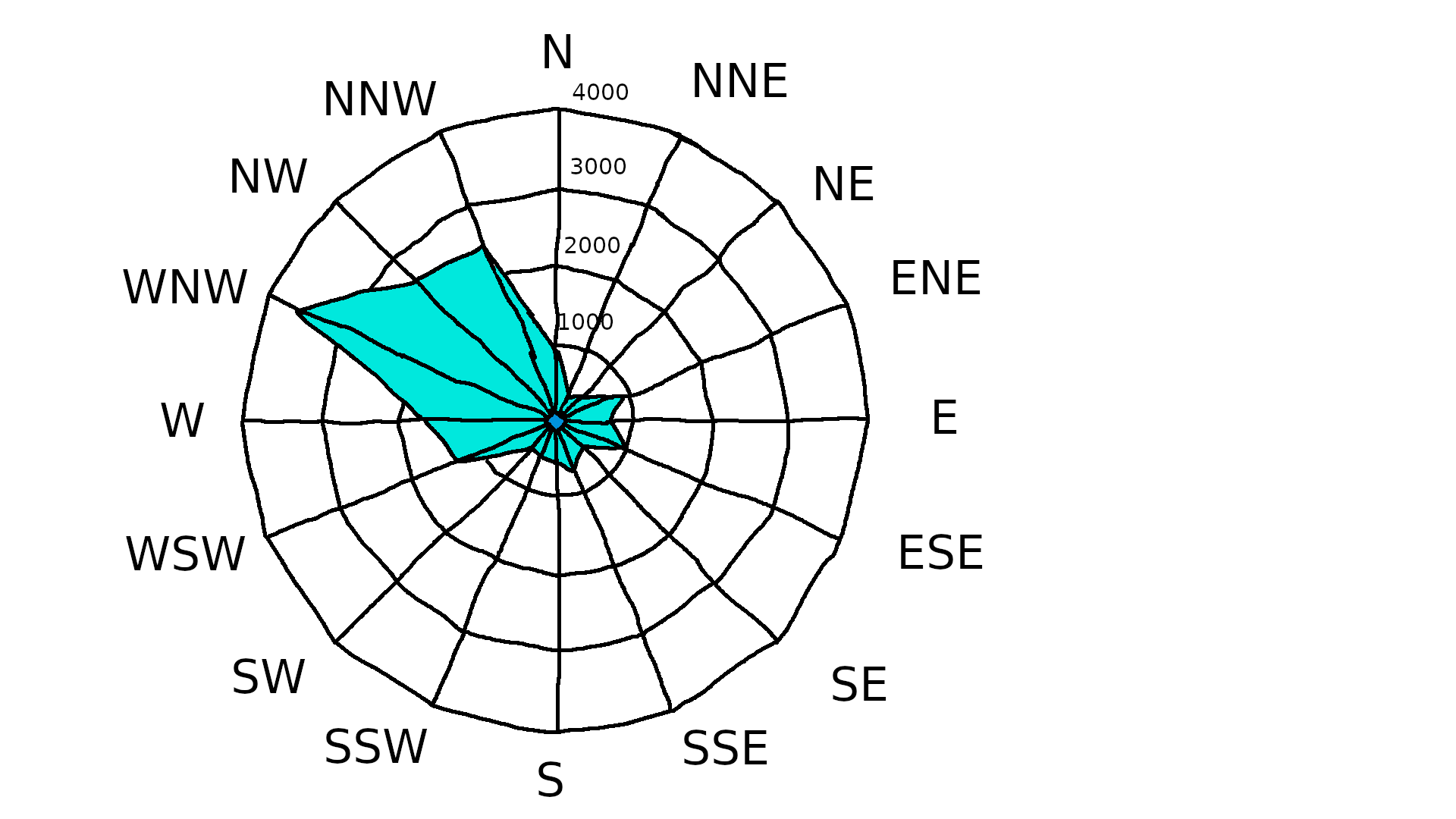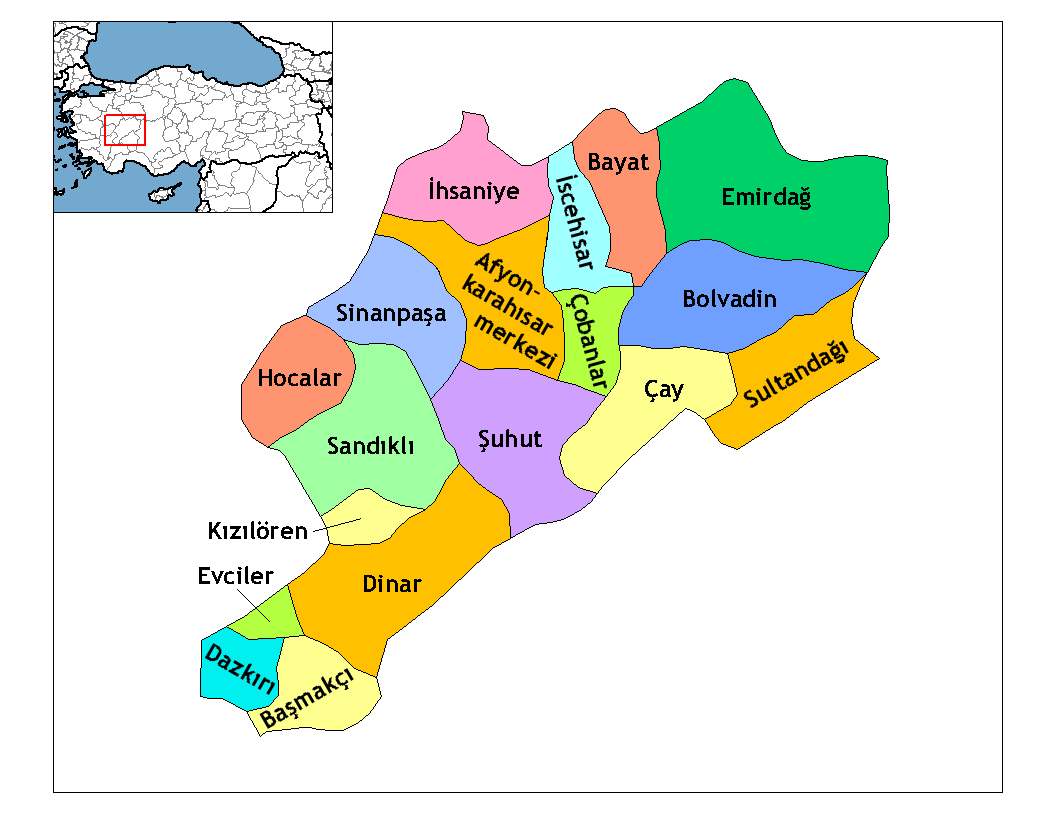|
Karaköprü
Karaköprü () is a municipality and district of Şanlıurfa Province, Turkey. Its area is 1,222 km2, and its population is 265,035 (2022). The district Karaköprü was created at the 2013 reorganisation from part of the former central district of Şanlıurfa Province, along with the new districts Eyyübiye and Haliliye. It covers the northern part of the agglomeration of Şanlıurfa and the adjacent countryside. Its eponymous city center is slightly north from central Urfa. In the local elections of March 2019, Metin Baydilli was elected Mayor of Karaköprü. The current Kaymakam is Yakup Kılınçoğlu. Composition There are 100 neighbourhoods A neighbourhood (Commonwealth English) or neighborhood (American English) is a geographically localized community within a larger town, city, suburb or rural area, sometimes consisting of a single street and the buildings lining it. Neighbourh ... in Karaköprü District: [...More Info...] [...Related Items...] OR: [Wikipedia] [Google] [Baidu] |
Külaflı, Karaköprü
Külaflı is a neighbourhood of the municipality and district of Karaköprü, Şanlıurfa Province, Turkey. , Turkey Civil Administration Departments Inventory. Retrieved 19 September 2023. Its population is 169 (2022). Its distance to the city center of Şanlıurfa
Urfa, officially called Şanlıurfa (), is a city in southeastern Turkey and the capital of Şanlıurfa Province. The city was known as Edessa from Hellenistic times and into Christian times. Urfa is situated on a plain about east of the Eup ... is 33 km.
Demography References [...More Info...] [...Related Items...] OR: [Wikipedia] [Google] [Baidu] |
Gölpınar, Şanlıurfa
Gölpınar is a neighbourhood of the municipality and district of Karaköprü, Şanlıurfa Province, Turkey. Its population is 670 (2022). It is located about north of Urfa. It is located just south of the road to Kabahaydar, east of the road's intersection with the main Urfa-Siverek highway. It lies on a plain that stretches east toward Kabahaydar, between the Akziyaret Tepe hill to the north and the forested hills called Atatürk Ormanı (part of Germuş Dağ) to the south. There is a spring in the east of the village. Archaeology The village sits on top of a small archaeological mound about 250 m in diameter and 10 m in height. In some places, erosion from the spring has revealed basalt architectural fragments. Old relief fragments are also visible in the walls of some houses. Two ancient stone artifacts were found at Gölpınar: one is a broken stele, 116 cm tall and 42 cm wide, is now kept at the Şanlıurfa Museum; the other is an orthostat This art ... [...More Info...] [...Related Items...] OR: [Wikipedia] [Google] [Baidu] |
Şanlıurfa
Urfa, officially called Şanlıurfa (), is a city in southeastern Turkey and the capital of Şanlıurfa Province. The city was known as Edessa from Hellenistic times and into Christian times. Urfa is situated on a plain about east of the Euphrates. Its climate features extremely hot, dry summers and cool, moist winters. About northeast of the city is the famous Neolithic site of Göbekli Tepe, the world's oldest known temple, which was founded in the 10th millennium BC. The area was part of a network of the first human settlements where the agricultural revolution took place. Because of its association with Jewish, Christian, and Islamic history, and a legend according to which it was the hometown of Abraham, Urfa is nicknamed the "City of Prophets." Religion is important in Urfa. The city "has become a center of fundamentalist Islamic beliefs" and "is considered one of the most devoutly religious cities in Turkey". The city is located 30 miles from the Atatürk Dam, a ... [...More Info...] [...Related Items...] OR: [Wikipedia] [Google] [Baidu] |
Şanlıurfa Province
Şanlıurfa Province (; ), also known as Urfa Province, is a Provinces of Turkey, province and Metropolitan municipalities in Turkey, metropolitan municipality in southeastern Turkey. The city of Şanlıurfa is the capital of the province which bears its name. Its area is 19,242 km2, and its population is 2,170,110 (2022). The province is considered part of Turkish Kurdistan and has a Kurds, Kurdish majority with a significant Arabs, Arab and Turkish people, Turkish minority. Districts Şanlıurfa province is divided into 13 Districts of Turkey, districts, listed below with their populations as at 31 December 2022 according to the official government estimates: * Akçakale (123,721) * Birecik (93,613) * Bozova (52,680) * Ceylanpınar (90,440) * Eyyübiye (391,795) * Halfeti (41,662) * Haliliye (396,656) * Harran (96,072) * Hilvan (42,218) * Karaköprü (265,035) * Siverek (267,942) * Suruç (100,961) * Viranşehir (207,315) Geography With an area of , it is the larg ... [...More Info...] [...Related Items...] OR: [Wikipedia] [Google] [Baidu] |
Districts Of Turkey
The Provinces of Turkey, 81 provinces of Turkey are divided into 973 districts (''ilçeler''; sing. ''ilçe''). In the Ottoman Empire and in the early Turkish Republic, the corresponding unit was the ''qadaa, kaza''. Most provinces bear the same name as their respective provincial capital (political), capital districts. However, many urban provinces, designated as greater municipalities, have a center consisting of multiple districts, such as the provincial capital of Ankara Province, Ankara province, Ankara, The City of Ankara, comprising nine separate districts. Additionally three provinces, Kocaeli, Sakarya, and Hatay have their capital district named differently from their province, as İzmit, Adapazarı, and Antakya respectively. A district may cover both rural and urban areas. In many provinces, one district of a province is designated the central district (''merkez ilçe'') from which the district is administered. The central district is administered by an appointed pr ... [...More Info...] [...Related Items...] OR: [Wikipedia] [Google] [Baidu] |
Haliliye
Haliliye () is a municipality and district of Şanlıurfa Province, Turkey. Its area is 1,924 km2, and its population is 396,656 (2022). The district Haliliye was created at the 2013 reorganisation from part of the former central district of Şanlıurfa Province, along with the new districts Eyyübiye and Karaköprü. It covers the eastern part of the agglomeration of Şanlıurfa and the adjacent countryside. The name "Haliliye" refers to Halil İbrahim, the Muslim pronunciation of Abraham whose tomb is believed to be in Şanlıurfa. In the local elections of 31 March 2019, Mehmet Canpolat from the Justice and Development Party (AKP) was elected mayor. As Kaymakam Serap Özmen Çetin was appointed. The village Dağeteği used to be called Garmuç. It had 5,000 Armenian inhabitants before the Armenian genocide. Composition There are 170 neighbourhoods in Haliliye District: [...More Info...] [...Related Items...] OR: [Wikipedia] [Google] [Baidu] |
Eyyübiye
Eyyübiye is a municipality and district of Şanlıurfa Province, Turkey. Its area is 1,626 km2, and its population is 391,795 (2022). The district Eyyübiye was created at the 2013 reorganisation from part of the former central district of Şanlıurfa Province, along with the new districts Haliliye and Karaköprü. It covers the central and southern part of the agglomeration of Şanlıurfa and the adjacent countryside. In the local elections of 31 March 2019, Mehmet Kuş ( AKP) was elected mayor. Mustafa Hamit Kıyıcı is the appointed district governor. Demography A 2018 survey on first language conducted by the municipality showed that 56.8% of the district spoke Kurdish as their first language, followed by Arabic Arabic (, , or , ) is a Central Semitic languages, Central Semitic language of the Afroasiatic languages, Afroasiatic language family spoken primarily in the Arab world. The International Organization for Standardization (ISO) assigns lang ... at 38. ... [...More Info...] [...Related Items...] OR: [Wikipedia] [Google] [Baidu] |
Official Gazette Of The Republic Of Turkey
''Official Gazette of the Republic of Türkiye'' () is the national and only official journal of Turkey that publishes the new legislation and other official announcements. It is referred to as ''Resmî Gazete'' in short. It has been published since 7 February 1921, approximately two years before the proclamation of the republic. The first fifteen issues of the newspaper were published once a week, the next three issues once every two weeks, the next three issues once a week. From 18 July 1921 to 10 September 1923, the newspaper was not published due to the Turkish War of Independence. Since Issue No. 763, which was released on 17 December 1927, it has been officially published under the name ''Türkiye Cumhuriyeti Resmî Gazete''. As of 1 December 1928, it started to be printed with the new Turkish alphabet The Turkish alphabet () is a Latin-script alphabet used for writing the Turkish language, consisting of 29 letters, seven of which ( Ç, Ğ, I, İ, Ö, Ş and Ü) h ... [...More Info...] [...Related Items...] OR: [Wikipedia] [Google] [Baidu] |
2019 Turkish Local Elections
The Turkish local elections of 2019 were held on Sunday 31 March 2019 throughout the 81 provinces of Turkey. A total of 30 metropolitan and 1,351 district municipal mayors, alongside 1,251 provincial and 20,500 municipal councillors were elected, in addition to numerous local non-partisan positions such as neighbourhood representatives ( muhtars) and elderly people's councils. The governing Justice and Development Party (AK Party) and the Nationalist Movement Party (MHP) contested the elections in many provinces under a joint People's Alliance. Likewise, the Republican People's Party (CHP) and the İYİ Party entered some of the races under the Nation Alliance banner. The Peoples' Democratic Party (HDP) did not openly announce support for either alliance, but did not field candidates in some areas to improve the chances of opposition candidates. The strategic voting and the refraining from fielding candidates by the HDP in contested areas like Ankara, and Istanbul allowed t ... [...More Info...] [...Related Items...] OR: [Wikipedia] [Google] [Baidu] |
Kaymakam
Kaymakam, also known by #Names, many other romanizations, was a title used by various officials of the Ottoman Empire, including acting grand viziers, governors of provincial sanjaks, and administrators of district kazas. The title has been retained and is sometimes used without translation for province, provincial or subdistrict governors in various Ottoman successor states, including the Republic of Turkey, Kuwait, Iraq, and Lebanon. Names The title has been romanization, romanized in English language, English since 1645 with extremely numerous spelling variations. The most common present-day forms are kaymakam, kaimakam, and qaimaqam. The modern Turkish language, Turkish term is , from Ottoman Turkish ''kaymakam'' (), from Arabic language, Arabic ''qāʾim maqām'' (), meaning "stand in" or "deputy". History Ottoman Empire In the Ottoman Empire, the title of ''kaymakam'' (known either as ''sadâret kaymakamı'' or as ''kaymakam pasha'') was originally used for the officia ... [...More Info...] [...Related Items...] OR: [Wikipedia] [Google] [Baidu] |
Mahalle
is an Arabic word variously translated as district, quarter, ward, or neighborhood in many parts of the Arab world, the Balkans, Western Asia, the Indian subcontinent, and nearby nations. History Historically, mahallas were autonomous social institutions built around familial ties and Islamic rituals. Today it is popularly recognised also by non-Muslims as a neighbourhood in large cities and towns. Mahallas lie at the intersection of private family life and the public sphere. Important community-level management functions are performed through mahalle solidarity, such as religious ceremonies, life-cycle rituals, resource management and conflict resolution. It is an official administrative unit in many Middle Eastern countries. The word was brought to the Balkans through Ottoman Turkish ''mahalle'', but it originates in Arabic محلة (''mähallä''), from the root meaning "to settle", "to occupy". In September 2017, a Turkish-based association referred to the historical mahalle ... [...More Info...] [...Related Items...] OR: [Wikipedia] [Google] [Baidu] |




